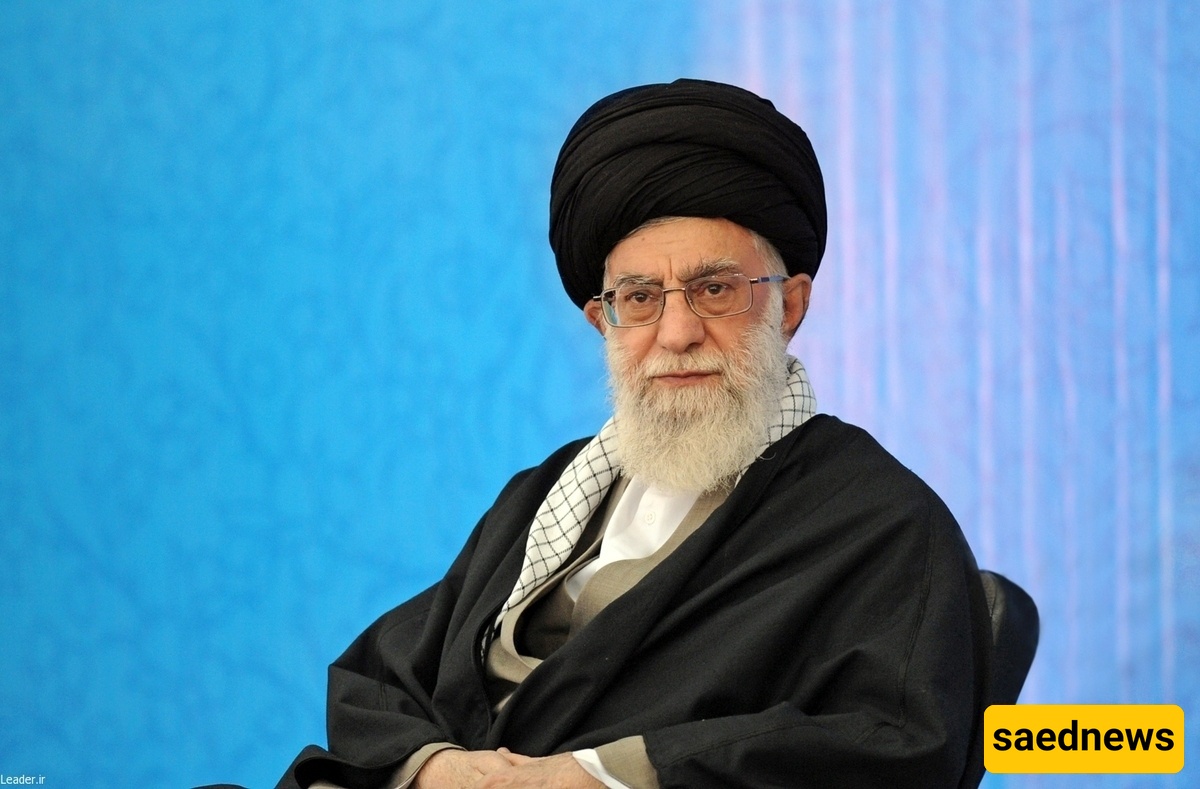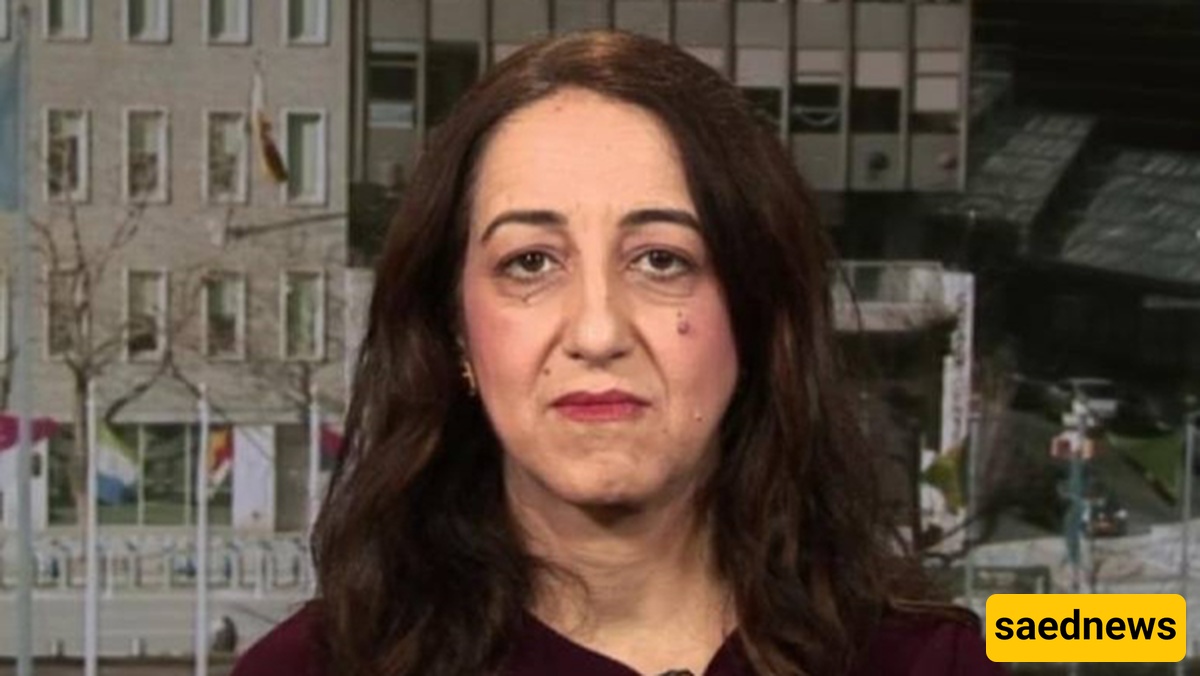SAEDNEWS: Iranian officials and state-linked media have pushed back strongly against New York Times reporter Farnaz Fassihi, accusing her of manufacturing false narratives about the Supreme Leader’s status during a period of heightened tension—part of what Tehran calls a pattern of Western media distortion and psychological warfare.

According to Saed News, Farnaz Fassihi, a journalist for The New York Times, has come under fire in Iran for what officials describe as “deliberate misinformation” surrounding the current status of the country’s Supreme Leader. In her recent reporting, Fassihi claimed that Ayatollah Ali Khamenei is currently residing in an undisclosed bunker, has severed communication with key figures, and has already selected three successors in preparation for an imminent power transition.

Iranian sources have dismissed these claims as baseless, framing them as part of a recurring media strategy aimed at destabilizing public perception during moments of national crisis. “This is a textbook example of narrative manipulation through vague sources and unverifiable intelligence,” one state-linked analyst told Saed News.
This is not the first time Fassihi’s reporting has sparked backlash in Tehran. According to Iranian media, she previously spread false claims during sensitive moments, including the 2020 port explosion in Shahid Rajaei, where she attributed the blast to mishandled solid missile fuel; rumors in 2022 about the Supreme Leader’s deteriorating health; and a fabricated presidential resignation in 2019.
Critics argue that her use of so-called "anonymous high-level sources" within Iran’s Revolutionary Guard and other elite institutions is a classic disinformation tactic designed to amplify internal division and project instability. “The method is an overused Western media strategy—telling dramatic stories through alleged secret insiders with no verifiable links.”
Supporters of Fassihi, however, argue that her reporting reflects legitimate concerns voiced by figures both inside and outside Iran, especially amid growing regional volatility and escalating military tensions with the U.S. and Israel.
Nonetheless, Tehran sees her latest article as a strategic move in a broader Western media offensive. “This type of psychological operation isn’t journalism—it’s soft warfare,” said one former Iranian diplomat.
As Iran braces for more geopolitical turbulence, the battle over narrative control—both at home and abroad—is intensifying. While international readers may interpret reports like Fassihi’s as critical insight, within Iran they are increasingly framed as orchestrated tools of propaganda.

